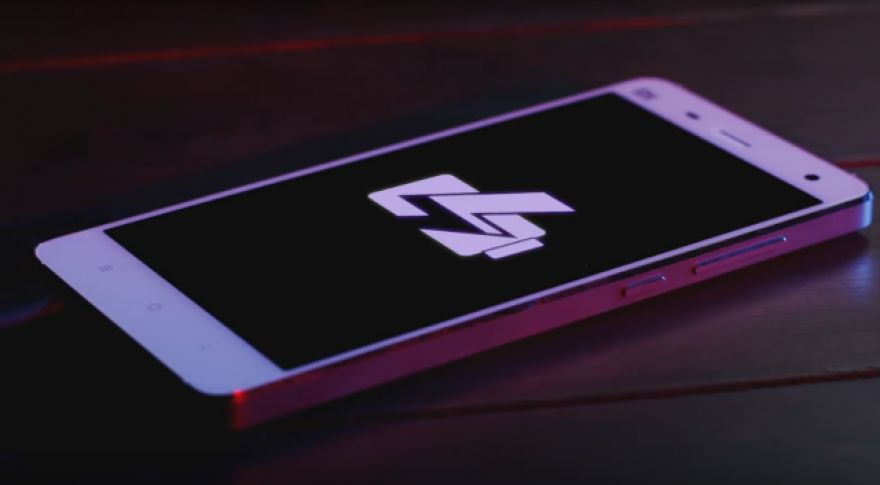
Google engineer warns USB-C, Qualcomm Quick Charge are incompatible
Qualcomm’s Quick Charge technology has shipped on a number of high-profile devices, including the Samsung Galaxy S7, LG G5, and HTC 10. The latter actually claims to support USB 3.1 Gen 1 transfer speeds as well as USB-C, which means you get both top-end USB 3.1 transfer rates and the directionless cable.
According to Google engineer Benson Leung, however, there’s a significant flaw in all of the devices that claim to support both Qualcomm’s Quick Charge technology and USB-C. Specifically, it’s not possible to support both standards in the same device.
Here’s the problem: While Qualcomm’s Quick Charge technology is capable of charging a smart phone at up to 18W (12V * 1.5 amps), it takes over the data lines (D+/D-) on the USB-C device to do it.
:
This section of the Type-C specification 4.8.2 calls out chargers and devices that want to use a proprietary charging method and restricts them specifically from modifying Vbus (which is what QC does to get to 9V and 12V), and from altering roles from source to sink.
The idea is to reduce the confusion that could happen because PD does all of these things in an open and non-proprietary way.
If you’re looking for an explanation why the Nexus 6P and 5X do not support QC of some kind, it’s because of the final line in the section I’ve screenshotted here.
Also, any USB Type-C charger that purports to support QC2.0 or QC3.0 out of the same Type-C port is also breaking this section of the spec as well.
What does this mean for end users?
The short answer is: It’s really unclear. In his Google+ post, Benson lays out some examples of how the Qualcomm Quick Charge technology could interact poorly with a USB Type-C implementation, but the information on whether this will happen is vague at best.
Here’s the one thing we know: Devices like the HTC 10 and do not conform to the USB Type-C specification. Their use of Qualcomm’s Quick Charge technology precludes it. It is not clear what will happen if these devices are plugged into other hardware that implements USB Type-C, because it’s impossible to prove that non-compliant devices will be compatible with compliant hardware (the entire point of having a specification is to avoid issues like this).
Since we can’t predict what might happen (or prove nothing will happen), our advice at this juncture is to only use chargers and cables that are tested for compatibility with these specific devices. This shouldn’t cause issues with current systems, since the overwhelming majority of computers don’t currently support and use adapter cables to handle the connection. Presumably the vast majority of systems will be able to deal with issues like this without a hitch, but if you’re a stickler for standards compliance, avoid devices with Quick Charge 2.0 or 3.0 if you want one with USB-C.
Now read: